Contrary to popular belief, climbers do not require exceptionally strong upper bodies or grips in order to succeed. To better prepare yourself for climbing, you can, however, strengthen your hands and fingers in a few different ways.
Arms
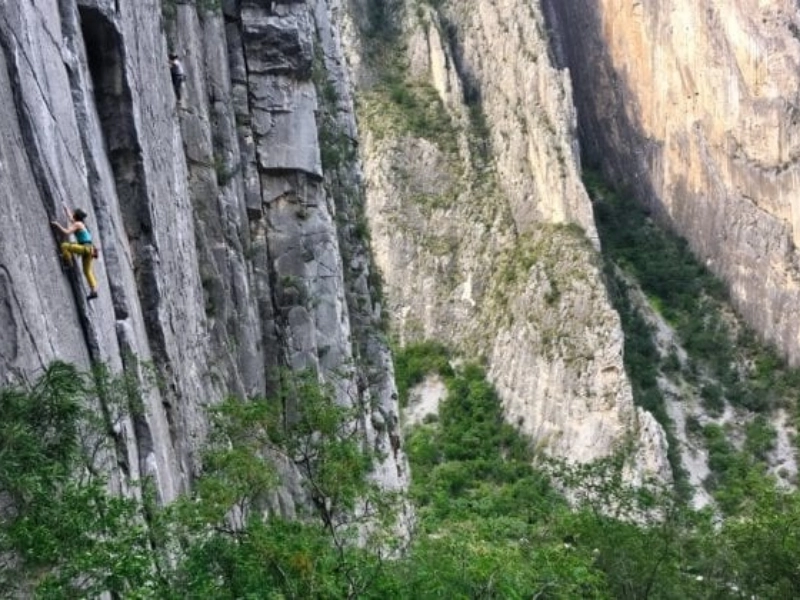
Climbing is a strong, arm-intensive sport. Because of this, it's critical to exercise your shoulders and arms independently of your other muscles used specifically for climbing. This makes it possible for your antagonist muscles—like your shoulders, triceps, and chest—and agonist muscles—like your back, biceps, and wrist flexors—to have the ideal power balance. One approach to doing this is to incorporate antagonist training exercises like push-ups.
Climbers frequently report that their ability to advance is limited by their arm and finger strength. In actuality, these aspects of strength may be trained to the point that they are not a limiting issue for the majority of beginning and intermediate climbers.
The most proficient and accomplished climbers rely on their legs almost as much, if not more, than their arms to climb up the wall. This keeps the climber from getting tired too soon and allows them to climb walls harder than their experience level would indicate.
Climbing not only works your upper body but also strengthens and extends your grasp. Practice grip-squeezing exercises with a stress ball or dead hangs from a bar to strengthen your grasp. By improving your grip endurance, you'll be able to hold onto the wall for extended periods of time, which will help you advance along the path.
Strengthening your forearm antagonist muscles, which stabilise your wrists during movement, is another advantage of having stronger grips: damage can be avoided. Expert climbers use a sequence of wrist curls and extensions in their workouts for this reason. Starting with your hands shoulder-width apart on the ground, slide them forward into an overhand grasp to do a wrist curl. Then, go back to where you were before. This exercise should be performed eight to ten times to strengthen your wrists and forearms.
Shoulders

The key to successful climbing is deliberate, controlled movement, which begins at the shoulders. Shoulder strength is necessary for dynamic reaches and pulls, as well as for stabilising on the wall prior to and following large movements. You will be able to climb more controllably, advance more quickly, and extend your climbing season if you have strong and stable shoulders.
Regrettably, shoulder overuse injuries are becoming increasingly frequent, along with climbing's increased popularity. This is because reaching up continuously for the next crimp or jug causes repetitive tension on the shoulders and persistent overhead arm movement. Shoulder Impingement Syndrome (SIS) is one of the most prevalent overuse problems in climbers' shoulders. This disorder develops when you repeatedly move your upper arm, or humerus, in such a way that the rotator cuff tendons are compressed against the top of your shoulder blade, or scapula. If left untreated, this can result in discomfort, swelling, and ultimately a rotator cuff tear.
Fortunately, strengthening your shoulder muscles naturally occurs while you climb. Your shoulders are naturally being used in a variety of ways as you climb the route, which contributes to the development of the strength and stability needed for climbing. However, it's imperative that you incorporate focused exercises into your training regimen if you want to quicken the growth of your shoulder strength. Your shoulder strength, stability, and mobility can all be enhanced with exercises like diamond and raised push-ups, lateral raises, and shoulder presses.
Including resistance band exercises in your routines is an excellent alternative. These devices can improve shoulder strength, mobility, and endurance by simulating the movement of climbing. Incorporate exercises like band pull-aparts, internal and external rotations, and shoulder flexion and extension into your programme. These workouts can significantly improve the health of your shoulders and your climbing performance if you practice them correctly and with a progressive overload focus.
Advertisement
Recommended Reading: Which Food Is Easiest for Camping?



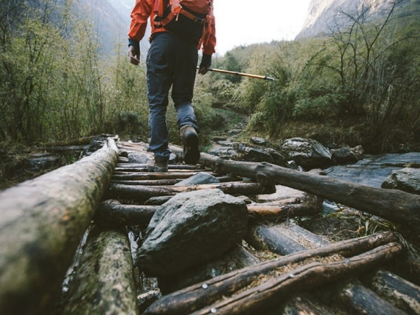
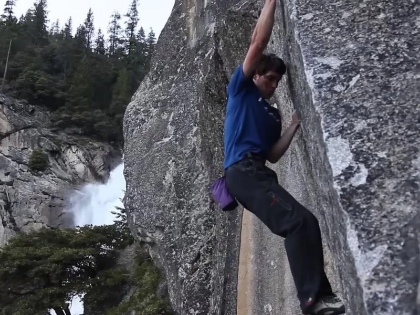
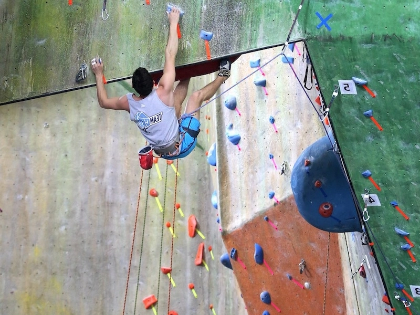
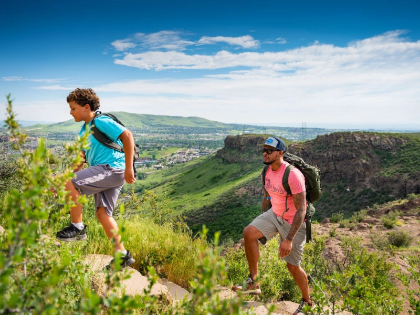
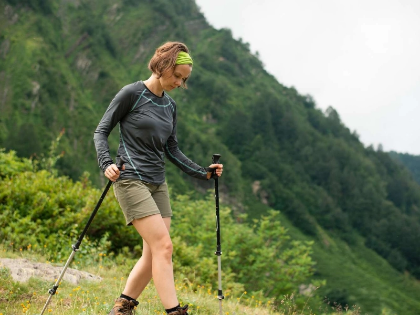

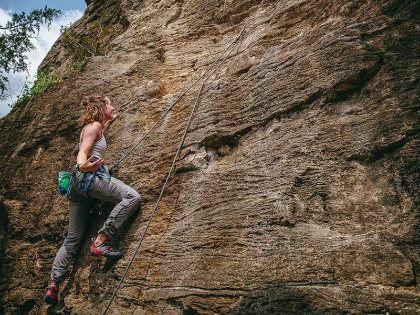


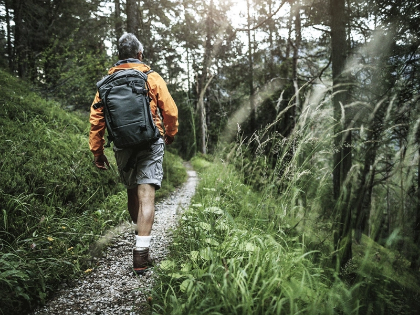




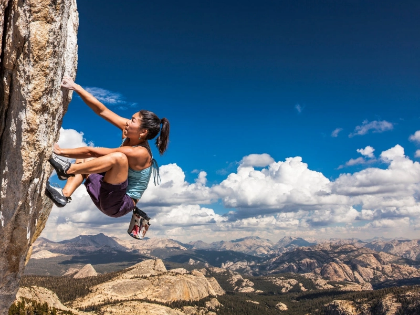

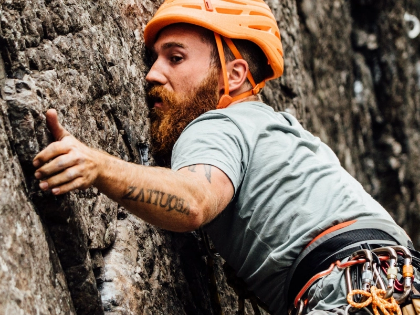
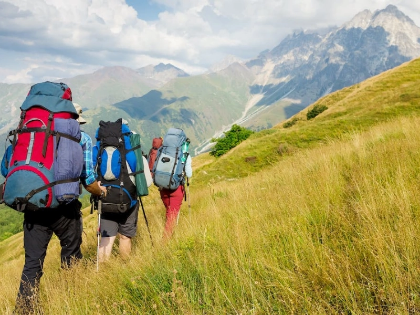


Encourages mindful feature gating.